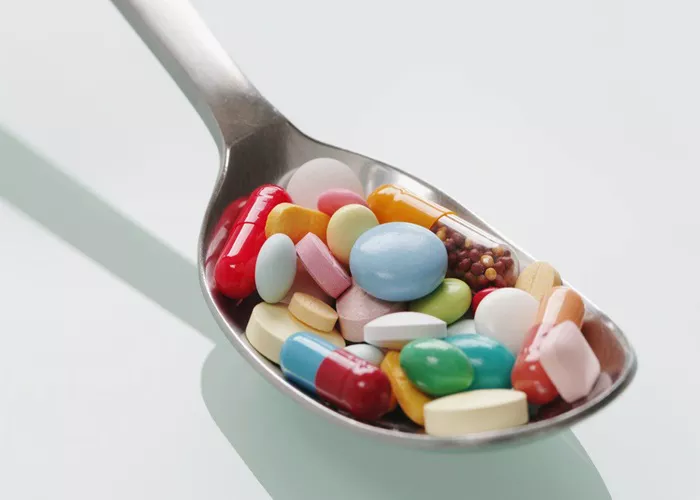A new report from Evernorth reveals that spending on GLP-1 drugs, including semaglutide, has outpaced growth in specialty drug spending for the first time in 2023, marking a significant shift in the pharmaceutical landscape.
Overall pharmaceutical spending has seen considerable growth in recent years, but the introduction of semaglutide for chronic weight management in 2021 has dramatically accelerated the trend. According to Evernorth’s analysis, the annual growth rate in pharmaceutical spending jumped from 2.1% in 2021 to 12.8% in 2024, driven largely by GLP-1 drugs.
Specialty pharmacy spending, which has traditionally been the main contributor to increased pharmacy expenses, saw a shift in 2023. While specialty drug spending increased by 7.2%, traditional medication spending rose by 11.7%, reversing the trend of previous years. The study, which analyzed data from 28 million people with commercial insurance, highlights the growing influence of GLP-1 drugs on healthcare costs.
GLP-1s, originally approved in 2014 as diabetes treatments, gained wider attention after the introduction of weekly semaglutide injections—branded as Ozempic for type 2 diabetes and Wegovy for weight loss. These drugs have significantly changed the treatment landscape due to their effectiveness and ease of use compared to previous daily injections. Their potential to combat obesity and diabetes, two prevalent conditions in the U.S., has led to a surge in demand. However, this increase in usage comes with rising costs and questions about long-term accessibility.
Evernorth’s analysts acknowledge the dual-edged nature of this growth, emphasizing the need for sustainable strategies to balance the promise of these medications with the financial pressures they place on healthcare systems, employers, and individuals. “As we embrace their promise, we must also confront one of the greatest healthcare conundrums of our time,” they noted, highlighting concerns about accessibility and cost.
While the use of GLP-1s continues to rise, Evernorth’s study found that more than 50% of patients stop using the medications within 12 months. The reasons for discontinuation are varied: 43.7% of patients cited concerns about side effects and medication safety, while 40.1% stopped because they felt the medication was no longer necessary. Financial concerns (30.9%) and adherence challenges (15.3%) were also significant factors in the decision to stop treatment.
Despite the growing popularity of GLP-1s, long-term data on their effects remains limited. As such, pharmacists are expected to play a crucial role in guiding patients through the safe administration of these medications. The study found that 82% of pharmacists see it as their responsibility to educate patients on proper administration and potential side effects. Additionally, 58% of pharmacists are well-positioned to provide information on possible drug interactions, while 49% are trained to demonstrate the first injection to patients.
The report underscores the critical role of pharmacists in ensuring the effective use of GLP-1 therapies, emphasizing the importance of patient education and adherence support to maximize the benefits of these high-demand medications.
Related Topics:
Do Weight Loss Injections Work For Everyone


